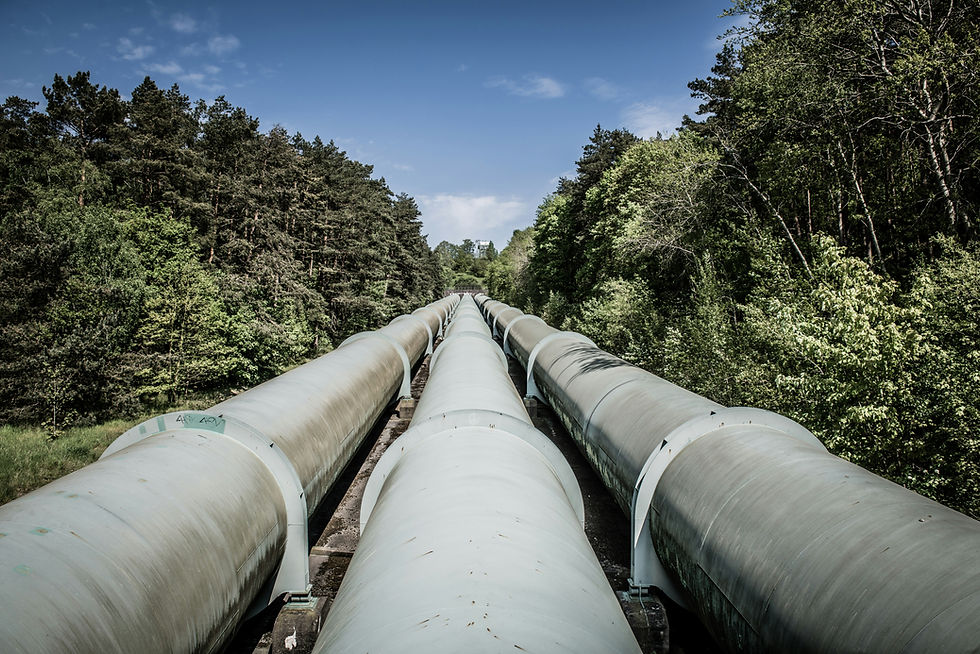Pumping Stations and How They Work?
- matthewgulley
- Jan 13, 2021
- 2 min read
Updated: Jan 24, 2023

The term 'pumping station' seems to etch in the mind a picture of complexity for those unfamiliar with the concept. It seems remarkable that a concept affects almost all of us in some way isn't more well known. But in all essence, it's really simple; where fluid needs to be moved in a uphill direction, a pumping station or pump of some kind will need to move it (because strangely, fluids don't flow uphill).
The most common cause of pumping station building is to move rainwater away from areas that are prone to flooding or need to remain dry to be safe i.e. a highway where aquaplaning can costs lives and stopping distances increase by up to ten times, rain needs to moved from its surface to help save lives and keep the public safe. But this isn't the only way that pumping stations save lives. By pumping sewage water away from housing developments into a mains sewer, it saves people from getting air borne or water borne diseases found within sewage by getting rid of it.
How they work
The fluid flows into a underground storage tank which, when reaching a predetermined level, a pump inside pumps it through a discharge pipe into the nearest sewer that can take the flow to a treatment plant or the local treatment works to be cleaned and made safe once again. There are thousands of pumping stations around the UK, mostly well hidden and some not very well hidden but all the same, they perform the same task.
some are so small that your head will pop out the top when standing upright and some so big that you can stand inside the pumps themselves and are as big as several double decker buses.
So there you have it! The simple story behind pumping stations....png)


Comments